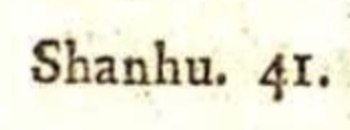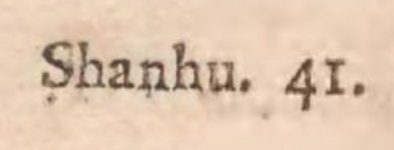Björn Bergenholtz
(former alias "Calalp")

garrinus & Dorisella/Dorisornis
Two quick attempts on ...
• garrinus as in "Parus atricapillus garrinus" BEHLE 1951 (OD here)
Possibly, maybe of the Latin Garrio, see Ainsworth's (considerably older) Thesaurus Linguæ Latinæ Compendiarius: ... (from 1808), here, (in a rather poor scan): "to prate, to talk idly, to chat, to babble, to gabble, to ....", where we find the following example; "Garrinus quicquid in buccam venit, ..." (if I, not understanding a single word of it/Latin, read it properly)
If so; babbling, chatting, jabbering away, like any Chickadee/Titmouse.
... and:
• • Dorisella/Dorisornis as in the two generic names "Dorisella" and "Dorisornis" (both) WOLTERS 1980 (ODs here, in the good, old thread "diagnosis not seen" for genus names in the Key A through S, see attached JPGs)
If we have ruled out his Mother, which I think we have (her name seems to have been Elfriede) [remember, Die Vogelarten der Erde (1975-1982), where Dorisornis and Dorisella appeared, was dedicated to: "Den Andenken an meine Mutter"], and if we have precluded the possibility of any (all?) other possible, contemporary Ladies by the name Doris (see the same thread, posts #160-172)... could it possibly have something to do with Doris, the mythological (beutiful) Titaness/Oceanid/sea nymph, daughter of Oceanus (Okeanos) and Tethys ... ?
Alt. the name Doris itself, apparently it (also) have the meaning; gift, present (... or even "pure water", which, of course, could be a good gift/present, for the ones who doesn't have it) ... ?
Maybe something could be understood by comparing with the (even if far, far older) invalid Fly/insect "Tach. [Tachina] Doris" MEIGEN 1824 (here). All in German and Latin (and as such beyond me).
If of any help?
Or, wasn't Wolters much for mythological names?
Björn
--
Two quick attempts on ...
• garrinus as in "Parus atricapillus garrinus" BEHLE 1951 (OD here)
Possibly, maybe of the Latin Garrio, see Ainsworth's (considerably older) Thesaurus Linguæ Latinæ Compendiarius: ... (from 1808), here, (in a rather poor scan): "to prate, to talk idly, to chat, to babble, to gabble, to ....", where we find the following example; "Garrinus quicquid in buccam venit, ..." (if I, not understanding a single word of it/Latin, read it properly)
If so; babbling, chatting, jabbering away, like any Chickadee/Titmouse.
... and:
• • Dorisella/Dorisornis as in the two generic names "Dorisella" and "Dorisornis" (both) WOLTERS 1980 (ODs here, in the good, old thread "diagnosis not seen" for genus names in the Key A through S, see attached JPGs)
If we have ruled out his Mother, which I think we have (her name seems to have been Elfriede) [remember, Die Vogelarten der Erde (1975-1982), where Dorisornis and Dorisella appeared, was dedicated to: "Den Andenken an meine Mutter"], and if we have precluded the possibility of any (all?) other possible, contemporary Ladies by the name Doris (see the same thread, posts #160-172)... could it possibly have something to do with Doris, the mythological (beutiful) Titaness/Oceanid/sea nymph, daughter of Oceanus (Okeanos) and Tethys ... ?
Alt. the name Doris itself, apparently it (also) have the meaning; gift, present (... or even "pure water", which, of course, could be a good gift/present, for the ones who doesn't have it) ... ?
Maybe something could be understood by comparing with the (even if far, far older) invalid Fly/insect "Tach. [Tachina] Doris" MEIGEN 1824 (here). All in German and Latin (and as such beyond me).
If of any help?
Or, wasn't Wolters much for mythological names?
Björn
--
Last edited:






